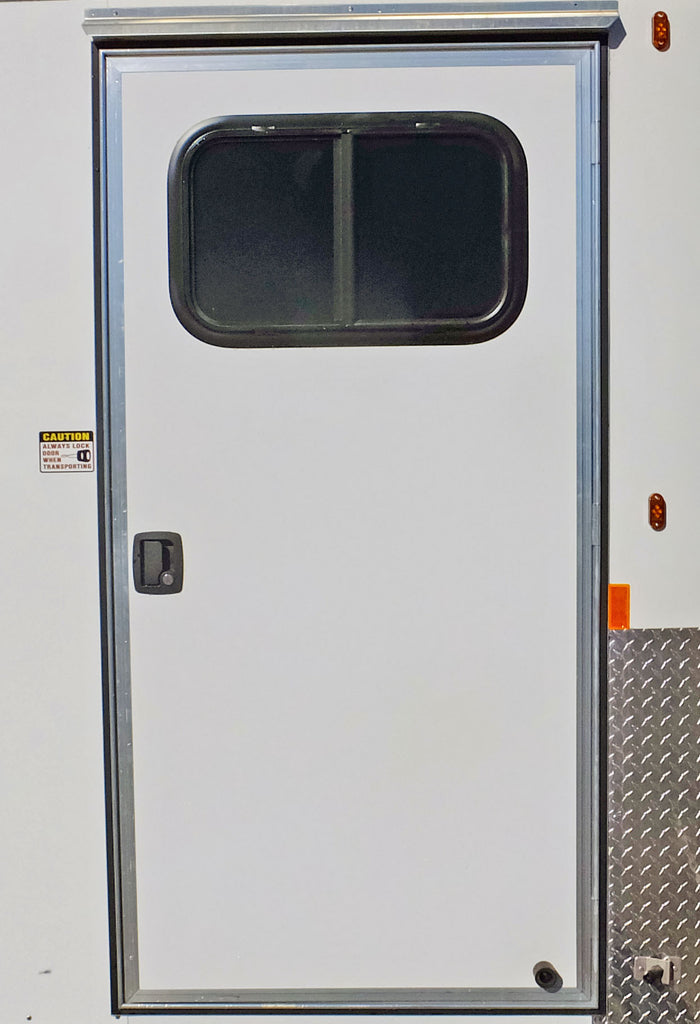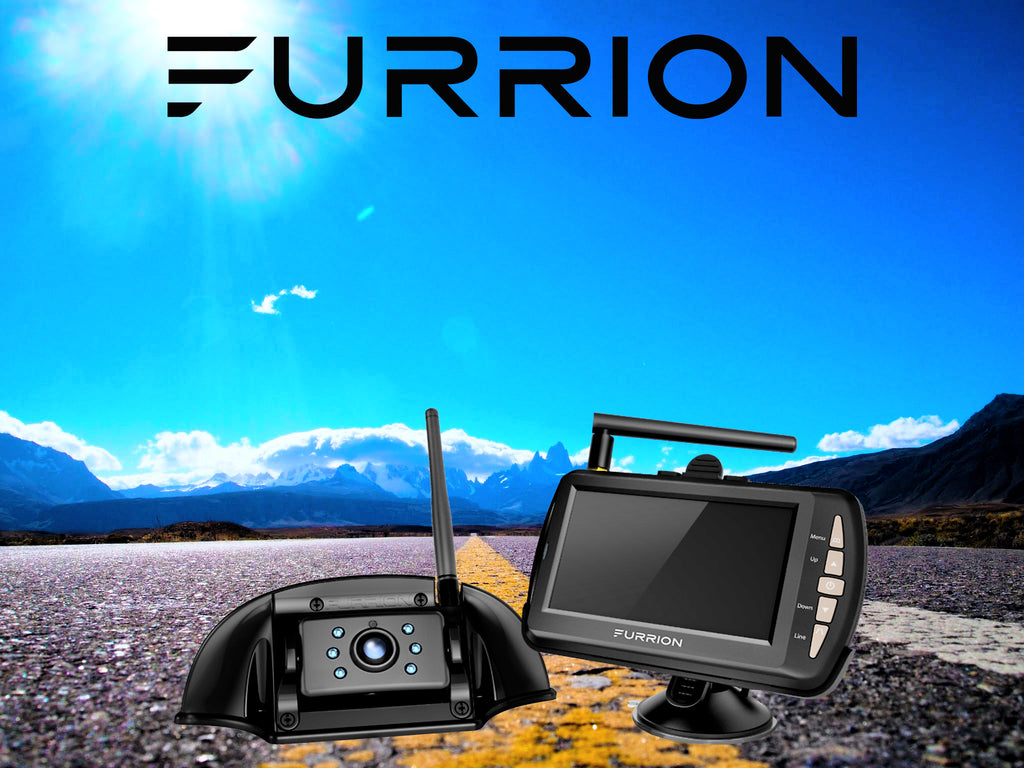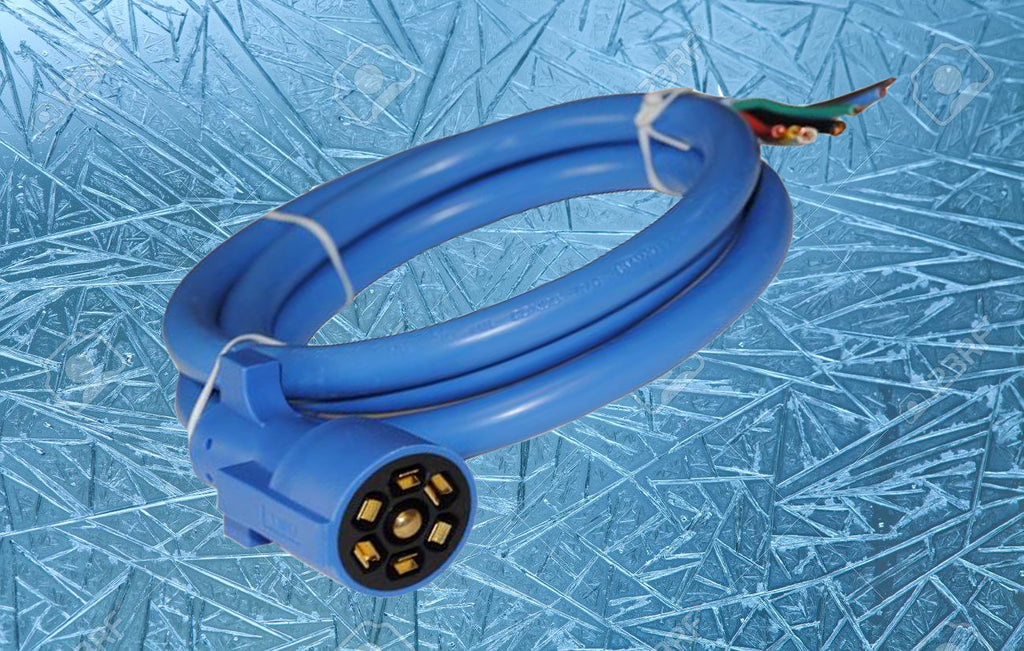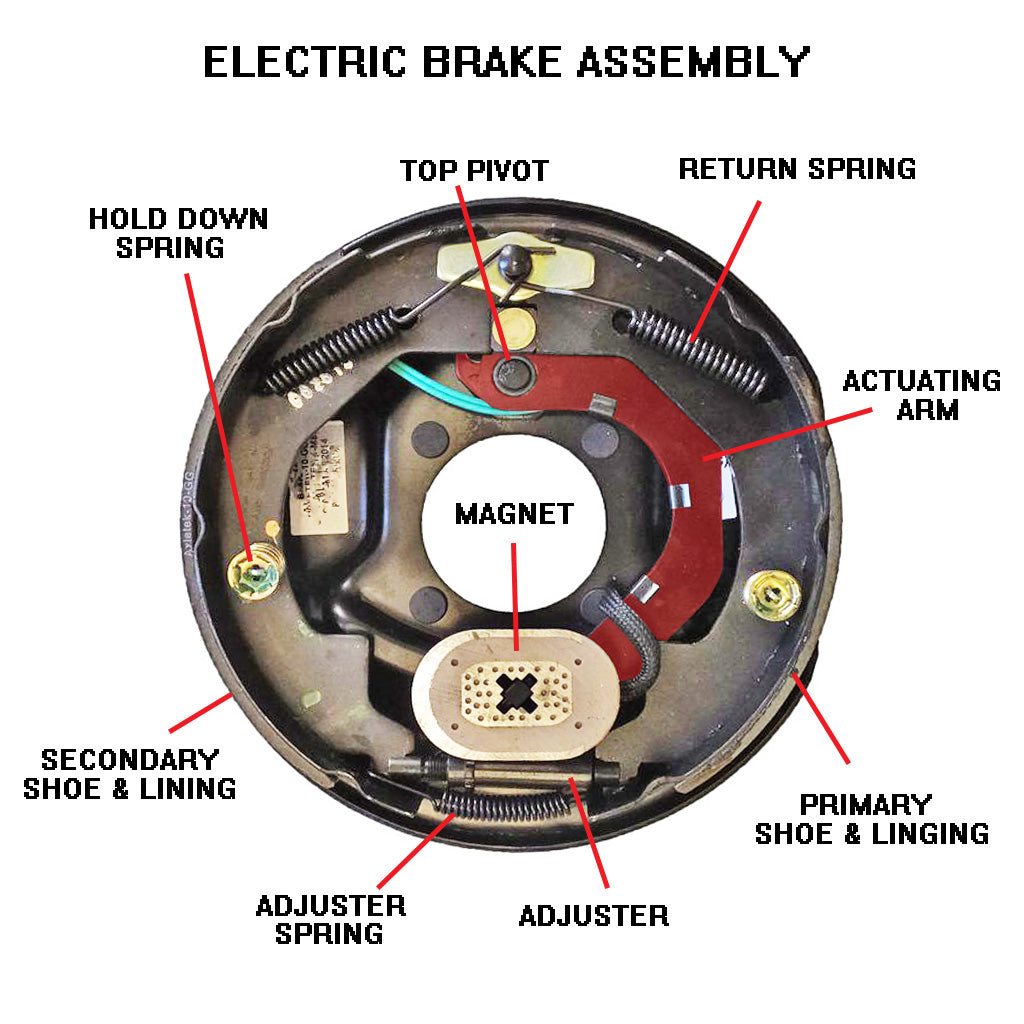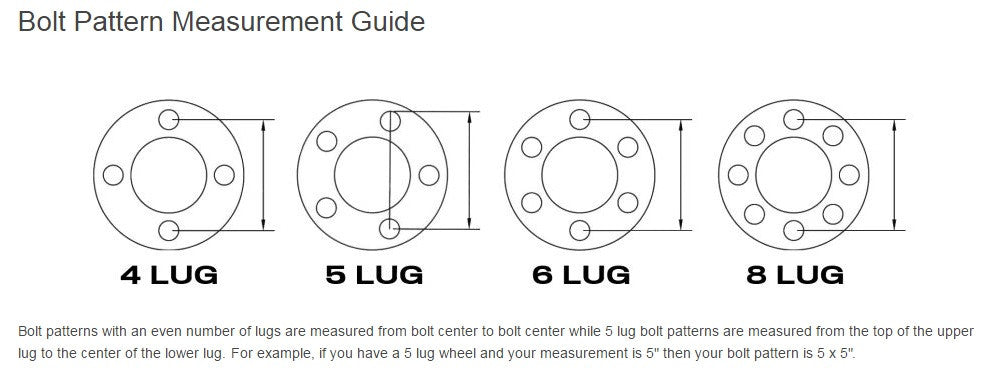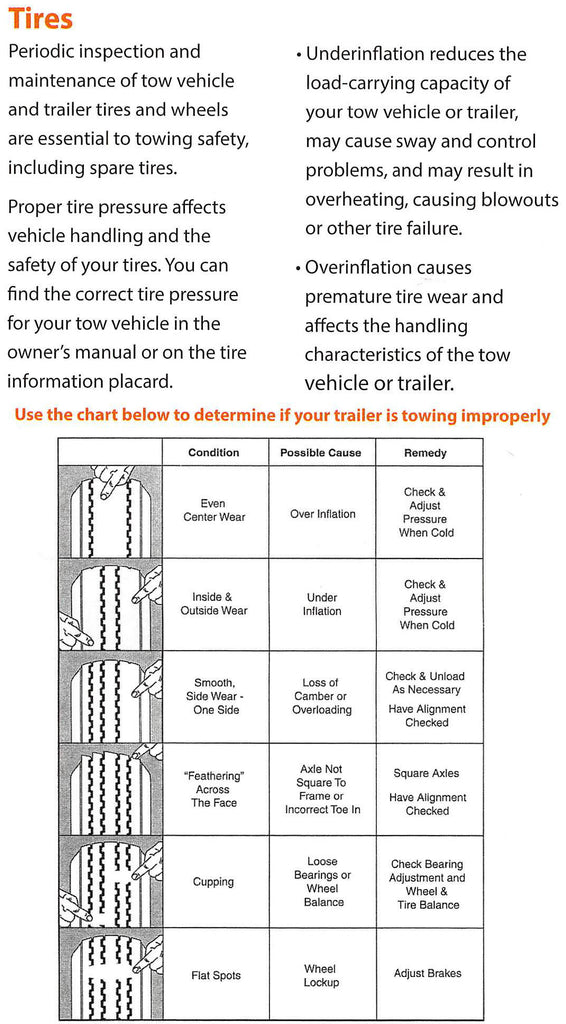Incandescent lights have been illuminating our roads since the early 1920's. Until now!
It is no secret that the trailer/automotive world has jumped on the LED train, and there are a few good reasons why you should too!
LED, short for (Light Emitting Diode) lights have many advantages over Incandescent lights. The three biggest being performance, efficiency, and life expectancy.
BE SEEN: LED lights are significantly brighter, and provide a more focused illumination in almost every installed location when compared to traditional incandescent lights. Which means you have a much greater chance of being seen on the road. Having brighter brake lights, turn signals, and clearance lights all contribute to the safety of you and your rig.
EFFICIENCY: When compared to Incandescent lights, LED lights can draw as much 90% less amperage to function at full capacity, translating into less draw and demand from your trailers connections and any power source.
LIFE: In some cases, LED lights have been known to out last incandescent lights by over 6 times that of an average incandescent lifespan. This is due to LED lights not relying on brittle filaments inside the bulb to create light. In addition, most LED lights are sealed in their own housing, making them impervious to water.
COST: When compared to standard incandescent lights, the LED is usually more expensive. This is due to the additional steps and manufacturing process to develop LEDs. But keep in mind, when you make the switch to LED lights, you can count on all your lights needing less repairs and replacements. The initial up front cost may be more, but your lights can now last 6 times as long, saving you money.
THE SWITCH: Converting to LED Lights is as easy as replacing your incandescent light fixture with the new LED light fixture. ITS THAT SIMPLE!!! Most LED lights are also designed with identical standardized mounting holes. Meaning that there is a good chance your light has a drop in replacement in its new LED form.
Its time for your trailer to be seen, please browse through our selection and contact us with any questions. we would love to help you make the switch.



